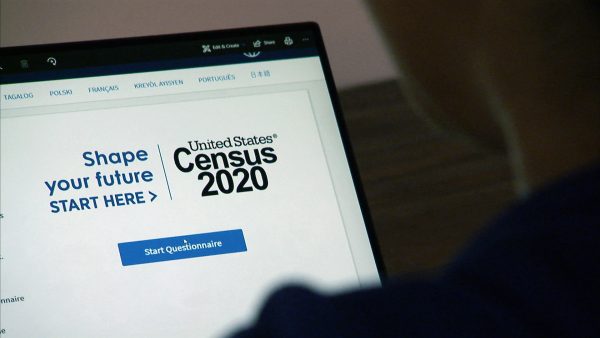The 2020 Census: What data are coming, what will we know – and when?

As community members and researchers, we are eagerly awaiting the results of the 2020 census. Here are some answers to common questions we’ve received about what’s happening.
What data does the 2020 census include?
The decennial census (2020) is required to be completed by every household in the U.S. The primary purpose of the census, as outlined in theConstitution, is to apportion democratic representation at all levels of government. It also contains needed information for the government and general public to allocate resources and learn more about their communities.
The 2020 Census asks questions and provides data about:
- Number of People
- Age
- Race/Ethnicity
- Sex
- Household Size
- Housing Tenure
- Marital/Family/Household Relationships
When will the 2020 census data be released?
Statewide population counts, used for apportionment in the US House of Representatives, were released on April 26, 2021.
The US Census Bureau is aiming to release the next set of census data on August 16, 2021. However, they may take until September 30. The next census release will include the data needed for states to begin the redistricting process — drawing the boundaries that determine representation in state and local government. According to a US Census press release the redistricting data includes “counts of population by race, ethnicity (Hispanic or Latino origin), voting age, housing occupancy status, and group quarters population, all at the census block level.”
The block level data, however, will not immediately be made available to the general public, and will require specific software, such as a Geographic Information System, to access.
It is unclear when other products related to the decennial census, such as small-area population counts, will be made available to the public. However, the State Demographer may be able to start incorporating 2020 census information into population estimates and projections beginning this year.
Why is it taking so long?
There are a number of unique circumstances that are contributing to census delays. The 2020 Census was the first census to be completed entirely online. Combined with new rules for protecting privacy, it was likely that additional quality checks would be required to ensure accuracy.
Other challenges were entirely unforeseen. The emergence of COVID-19, just weeks before the 2020 count began, resulted in a mass migration of Americans around the county, as students returned home and families decided where to quarantine. The pandemic also made it harder for census workers to go door to door and help people, especially those without internet access, fill out the census. These circumstances have made it much more difficult for the Census Bureau to fulfill its promise of counting everyone “once, and only once, in the right place.”
There is currently debate, and a few pending lawsuits, about what it will take to ensure that the 2020 Census is both accurate and timely.
Where do I get data I can use now?
The 2020 census is not the only source of information about who is living in the US. Since 2010, the US Census Bureau has published the American Community Survey (ACS). The ACS replaced what used to be known as the long form census, which asked much more detailed questions around demographic, economic, and housing characteristics. The ACS surveys about 10% of households every year, and publishes estimates based on those results. The ACS is a rich data source that includes estimates on population, age, sex, race/ethnicity, family relationships and housing tenure, as well as topics such as education, employment, poverty, transportation, and housing.
Unlike the decennial census, which happens every 10 years, the ACS releases data every year. It should be noted however, that while the ACS provides an excellent snapshot, we don’t recommend using the ACS to compare data between years.
Check out these data sources to see what’s available now: